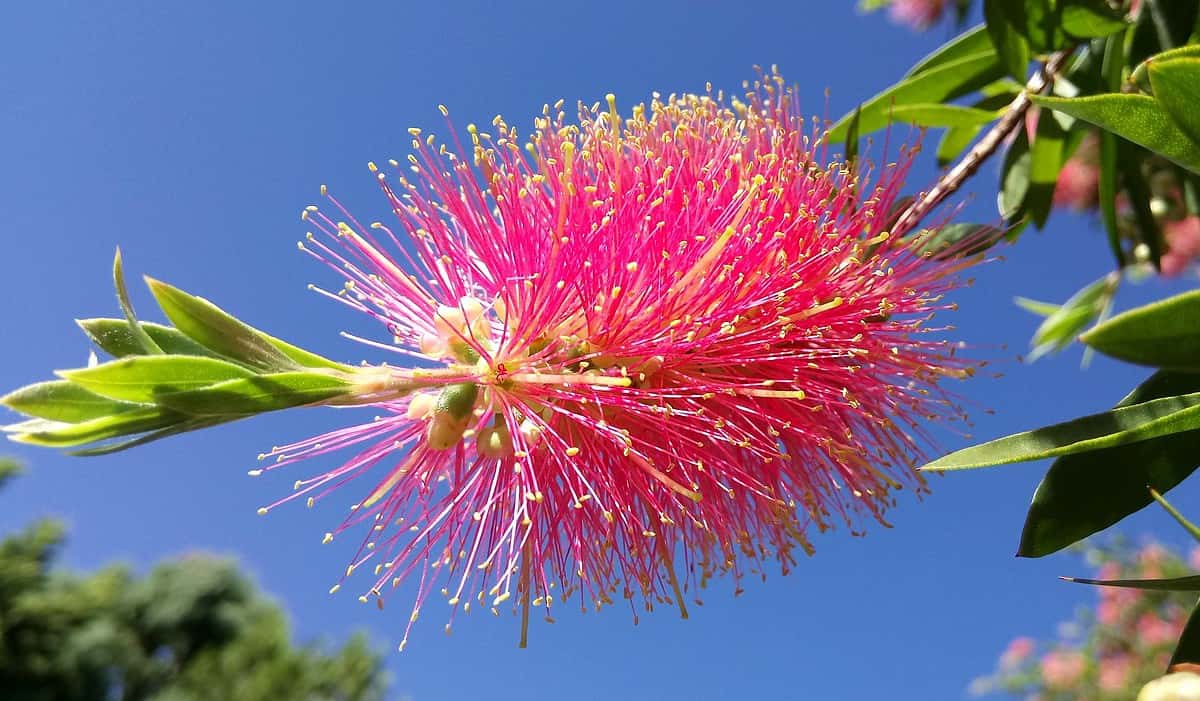Gardeners who enjoy ornamentals with unique or curious flowers will certainly enjoy bottlebrush trees. Originally from Australia, the bottlebrushes have made their way around the world in tropical climates as a favorite ornamental for home gardens.
Their attractive red spikes of flowers are real attention-getters and provide a bright contrast to tropical green foliage. Bottlebrush flowers also add a special touch to any floral arrangement. The most common citrus-leaved bottlebrush tree, Callistemon citrinus, can be seen in many patios around the country.
In Spanish, these trees are often referred to as calistemón, particularly in nurseries; however, dozens of vernacular names are used around the country.
Bottlebrush is often found in leading nurseries, or you can collect seeds or cuttings from trees in your neighborhood.
Seeds or 30-centimeter woody stem cuttings can be planted in plastic nursery bags and cared for in the greenhouse until they are ready for transplanting.
Callistemon rigidus, or stiff bottlebrush, does not have the citrus odor in its leaves, and its branches and flowers tend to stand erect and fuller than the citrus-leaved variety. Callistemon viminalis, or weeping bottlebrush, has willow-like branches with bright red flowers.
Most gardeners prefer to plant bottlebrushes as freestanding specimens along walkways or in a shrubbery border. Selecting sunny planting sites will help stimulate the trees to produce more flowers.
Bottlebrushes are easy to grow in a wide range of soils, provided there is good drainage. These trees have very tender roots and need to be transplanted carefully to prevent root damage. Smaller seedling trees transplant better than larger, pot bound specimens. Water them regularly until they are well established and keep them weed- and grass-free to prevent root competition.
Fortifying your trees with aged compost helps keep them growing and flowering vigorously. Once bottlebrushes are well established, these hardy plants require practically no special care or watering during the dry season. Mites and scale insects are the only rare pests and can usually be controlled by spraying your trees with a mild, natural soap solution.







